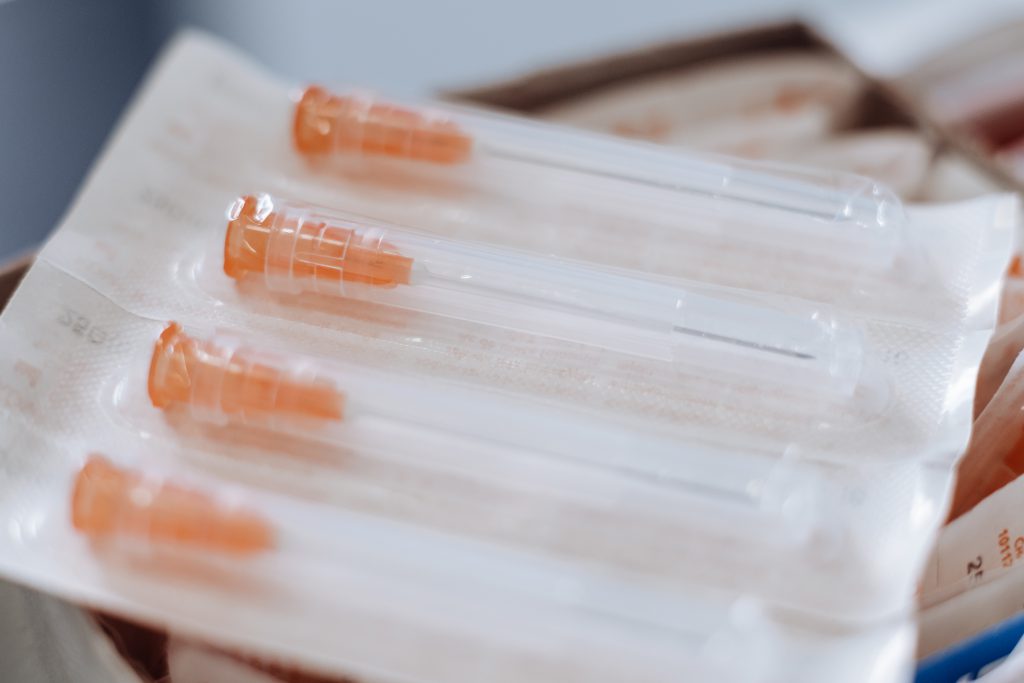Erectile dysfunction (ED) is a prevalent situation that affects tens of millions of males worldwide, significantly impacting their quality of life and intimate relationships. As an observational analysis article, this research goals to discover the assorted treatment options out there for ED, their efficacy, and the experiences of patients undergoing these treatments. By synthesizing knowledge from clinical practices, surveys, and patient interviews, this text supplies a comprehensive overview of the current landscape of ED treatment.
Understanding Erectile Dysfunction
Erectile dysfunction is defined as the lack to realize or maintain an erection enough for satisfactory sexual efficiency. The causes of ED can be multifactorial, together with psychological factors resembling anxiety and depression, physiological issues reminiscent of cardiovascular illness, diabetes, and hormonal imbalances, and life-style elements including obesity and smoking. Given its advanced nature, the treatment of ED must be tailor-made to the person, taking into consideration the underlying causes and the patient’s preferences.

Treatment Modalities
The treatment choices for ED will be broadly categorized into pharmacological, non-pharmacological, and surgical interventions. Every modality has its own set of benefits and limitations.
Pharmacological Treatments
- Phosphodiesterase Type 5 Inhibitors (PDE5i): The commonest pharmacological treatment for ED includes PDE5 inhibitors such as sildenafil (Viagra), tadalafil (Cialis), and vardenafil (Levitra). These medications work by enhancing blood stream to the penis upon sexual stimulation. Observational research point out that PDE5 inhibitors have successful fee of approximately 60-80%, with tadalafil being favored for its longer duration of action.
- Intracavernosal Injections: For patients who don’t respond to oral medications, intracavernosal injections using alprostadil may be efficient. This methodology includes injecting a remedy straight into the penis, leading to an erection within minutes. Affected person suggestions suggests that whereas efficient, the invasiveness and potential discomfort of injections can deter adherence.
- Vacuum Erection Units (VEDs): VEDs create a vacuum across the penis, drawing blood into the shaft and inducing an erection. Though they are effective for a lot of men, the mechanical nature of the system generally is a barrier to use, with some patients reporting frustration with the process.
Non-Pharmacological Treatments
- Psychotherapy: Given the psychological element of many ED cases, counseling or therapy could be helpful. Cognitive-behavioral therapy (CBT) has proven promise in addressing anxiety and relationship points that will contribute to ED. If you have any kind of questions pertaining to where and how you can utilize erectiledysfunctiontreatments.Online, you could call us at our own website. Observations from therapy classes reveal that many patients experience improved sexual perform and relationship satisfaction after treatment.
- Way of life Modifications: Encouraging patients to undertake healthier lifestyles—such as common exercise, weight management, and smoking cessation—has been proven to enhance erectile perform. Observational information recommend that men who make these adjustments typically report significant improvements in their ED symptoms.
Surgical Interventions
In instances where other treatments have failed, surgical choices corresponding to penile implants could also be considered. These gadgets can present a everlasting solution for ED, with excessive satisfaction rates reported by patients. However, the invasive nature of surgery and potential complications can make this a less desirable option for a lot of.
Patient Perspectives
To gain a deeper understanding of the treatment landscape, qualitative interviews were performed with a various group of males experiencing ED. The findings highlight a number of key themes:
- Stigma and Disgrace: Many patients expressed feelings of embarrassment and shame relating to their situation, which frequently delayed their willingness to hunt treatment. This stigma may also affect their relationships and total mental well being.
- Treatment Satisfaction: Satisfaction with treatment varied considerably amongst patients. While many reported positive outcomes with PDE5 inhibitors, others experienced unintended effects or insufficient results, leading to frustration and a search for different therapies.
- Importance of Communication: Patients emphasized the need for open communication with healthcare providers about their situation and treatment choices. Those who felt supported and knowledgeable have been extra likely to adhere to treatment plans and report optimistic outcomes.
Conclusion
Erectile dysfunction is a multifaceted situation that requires a personalised treatment method. The observational analysis introduced in this text underscores the importance of understanding the efficacy of assorted treatment modalities and the experiences of patients. While pharmacological treatments stay the cornerstone of ED management, non-pharmacological interventions and surgical options also play essential roles in addressing this situation.
As healthcare providers proceed to navigate the complexities of ED treatment, fostering open communication and addressing the psychological and social aspects of the situation might be important in enhancing affected person outcomes. Future analysis should concentrate on lengthy-term efficacy, patient adherence, and the event of revolutionary therapies to boost the quality of life for men coping with ED.



